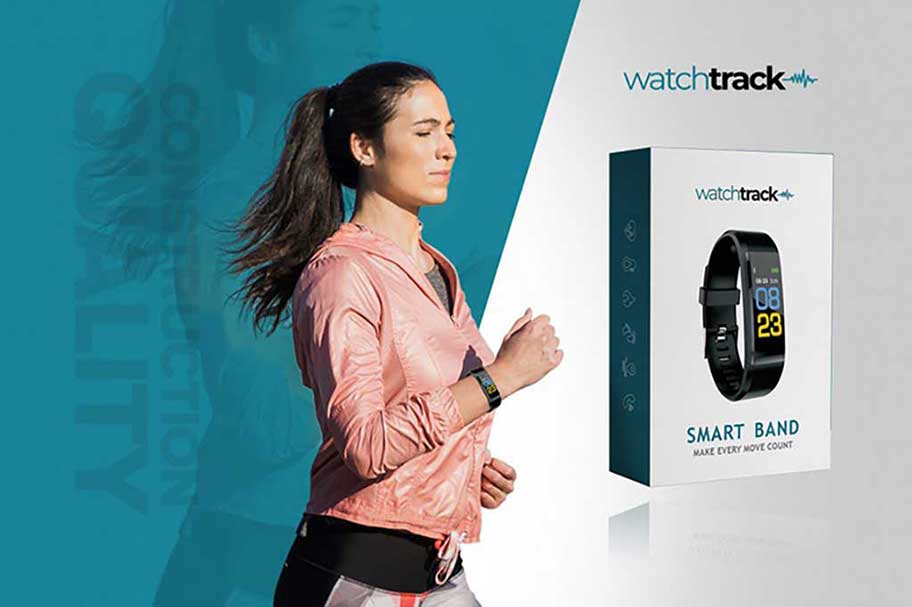5 Tips to Maximize Your Bodyweight and Home Workouts
Photo by KoolShooters from Pexels
More people than ever before are engaging in bodyweight training and home workouts, either to shed a few pounds or to generate greater muscle tone and a better personal appearance. Apply the following tips to maximize the gains you receive from bodyweight training in your home workout, and you won’t need any specialized equipment to gain these advantages. Here are 5 tips to maximize your bodyweight and home workouts, so that you can get the most benefit from your home workout training.
Improve form and movement quality
Photo by Andrea Piacquadio from Pexels
Some people take the approach that simply cranking out an endless number of repetitions will help them to achieve their fitness goals during home workouts. This is an unschooled approach which may or may not achieve much of anything, but what you should be doing is dialing into your own body mechanics so that you can get to the next level of fitness.
Since you’re doing all this in home workouts, you won’t have to worry about what anyone else thinks of you, and you can use lower intensity exercises so as to master all the movements you make during repetitions. After you have mastered these low-intensity workouts, you will be able to take it to the gym and resume heavy workouts while feeling much more dialed in.
You will probably be able to lift much heavier loads and maximize your strength-building exercises as well. You can improve your form and the quality of your movements by engaging in several different isometric exercises, because these are excellent at helping you to establish good body dynamics during exercise. Include isometrics wherever possible because they are terrific for building strength.
Improve joint health
Photo by Elly Fairytale from Pexels
Good joint health is essential for building up your bodyweight workouts, because if joints are over-stressed, they simply will not respond to the kind of workout you are doing, and you’ll eventually have problems with your routine. It is not the best approach to allow yourself to become obsessed with completing daily workouts and reaching specific training goals that you have, if it means that you have to suffer through body aches and pains to get there. Of course, this does not mean that you should stop whenever you feel any kind of pain or discomfort, because that’s often when you are gaining the most.
What it does mean is that when you feel significant stress in your joints, it is probably a signal that you need to back off temporarily. Instead, choose a lighter load or a less strenuous bodyweight exercise because that will be much better for you to improve your joint and muscle health. Even if you must take a step backward, it will be well worth your while in terms of building up your joint and muscle health, so that you can resume more strenuous exercises once you’ve grown stronger. This should also help you to tackle your daily routine in a relatively pain-free manner, so that joints and muscles are not constantly being stressed.
Go barefoot
Photo by Elly Fairytale from Pexels
You might not be inclined to conduct your workouts at the gym in barefoot mode, especially if you are someone who’s self-conscious about their feet. However, there are no such restrictions at home in the privacy of your own workout area, and there are good reasons for you to go barefoot during your home workouts. Foot and ankle activation can have a major impact on everything in the entire kinetic chain, and that takes in your core, your lower back, your hips, your shoulders, and all aspects of your posture.
Most traditional shoes, even those created by well-known athletic shoe manufacturers, tend to dampen the response which ripples through the kinetic chain. By training at home in barefoot mode, it will allow your feet, toes, and ankles to receive the maximum training stimulus. This in turn will maximize the effectiveness of all your training exercises, as well as the functionality of your muscle groups. You might be quite surprised at how effective it can be to train barefoot at home, because the entire body will generally be working in unison much better than if you are wearing any kind of athletic shoes.
Maximize intensity of each repetition
Photo by Oleg Magni from Pexels
While you might have to forgo the idea of lifting heavy loads and having extremely intense lifts for a temporary period, you can still have some very intense sessions during your home workouts. If you execute your bodyweight drills correctly, especially when using the eccentric isometric principle, you should be able to achieve the highest intensity level that any lifter can achieve, even with extremely heavy loads. This means you will get the optimal full-body tension, maximum effort, and maximum mental concentration, so as to produce the greatest levels of motor unit recruitment and intramuscular tension which are achievable.
Even during a simple bodyweight squat exercise, your effort level can be tremendous. This will help you to at least maintain and probably improve your ability to lift heavy loads when you eventually get back to the gym, because you’ll enjoy increased neuromuscular efficiency. You do not need a great deal of heavy equipment or extra accessories in order to put in a maximum intensity effort on each repetition of any exercises you do at home. By getting the most out of every single repetition, you will prepare yourself better for heavy lifting at the gym later on, if that is your ultimate goal.
Include numerous single-leg exercises
Photo by Elly Fairytale from Pexels
Especially when it comes to improving the strength and mobility of your lower body, there is nothing better you can do than to include lots of single-leg exercises in your home workout routine. When you are only doing bodyweight exercises or using light loads, you’ll want to make those loads as heavy as you can, and that means you’ll want to put all the weight on a single leg rather than distributed across both legs. You will find that using just one leg is much less stable than exercising on both legs, so more than likely you’ll be obliged to drop the weight you’re using by as much as 50%, and possibly even as much a 70%.
This is fine, because it still forces a single leg to accomplish all the work, and that means the gain will be much greater. As an example, if you were to attempt to perform a traditional goblet squat using a 20-pound water jug, you probably would not have much difficulty executing the exercise. However, if you attempt to do the same type of lift using a single leg, you will notice that it’s much harder to do, and will probably challenge even the most practiced weightlifters.
Once you become particularly good at single-leg lifts, you’ll find that the bodyweight loading formula works to your advantage, because even light loads will be very close to what you might attempt in a gym setting. Many experienced weightlifters who have no trouble lifting 200 pounds will have difficulty performing a single-leg goblet squat using 75 pounds. If you happen to have a 20-pound water jug for your home workout, you will still be achieving most of what you might attempt in a gym setting.
Rather than lifting a total of 275 pounds comprised of body weight +75 pounds of dumbbells, you’d be lifting 200 pounds of body weight plus a 20-pound water jug. This represents around 80% of what you might achieve in the gym, and that is a very respectable effort for a home workout as opposed to a gym workout. By including a number of these single-leg workouts in your daily home workout routine, you’ll find that you have maximized the conditioning of your lower body and prepared yourself for even greater things at the gym.





